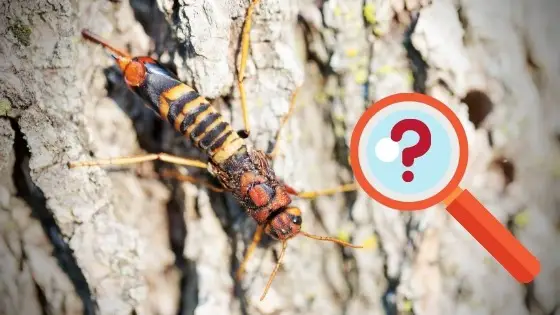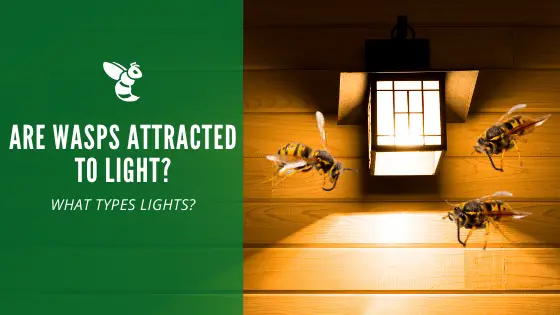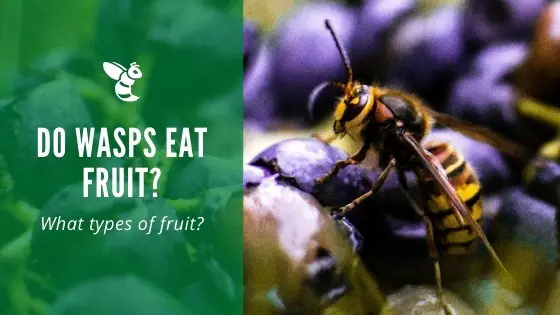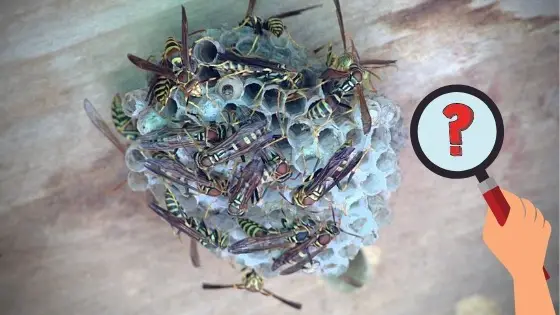Wood Boring Wasp Identification (Horntail Wasp)

Attracted to dead trees and conifers, wood-boring wasps come in a few varieties. They do not sting, but they can cause some inconvenience to your home and property. As a property owner, it’s a good idea to be aware of the different insects that may infiltrate your property. What are horntail wasp behaviors and characteristics? Read on to find out more that can help you learn what horntail wasps are, how to spot them, and remove them.
Do Horntail Wasps Sting?
Horntail wasps do not sting or bite, but they can cause quite a disturbance if they’re irritated around you. If you threaten them or they are unhappy with you, they’ll buzz around you. Their buzz is quite a bit louder than other varieties of wasps, and they are a bit larger in size as well. The females have a large tail-like part on their rear side, but this is actually used for the reproduction process. It’s not a stinger.
What do Horntail Wasps Look Like?
As an egg, the horntail wasp will be protected within a small cell structure within softened wood. Along with the egg will be a fungus that further deteriorates the wood, making it softer. As the egg develops, it will grow into larvae.
The larvae will be very difficult to spot. They usually burrow deeper into the wood once they have been freed from the egg. This is where they will be able to feed more readily. Larvae don’t really resemble the mature horntail wasp for quite some time.
An adult horntail wasp is generally one inch in length, though it can be a bit longer. Their rounded bodies can have combinations of yellow, black, and red on them. The females have an ovipositor used for laying eggs, so they look a bit longer than the males.
You can find the adults by looking for small holes in wood that the adult wasp has chewed their way out of. They will generally do this after a couple of years of growing, though they’ve been known to take five years to mature in certain circumstances.
Are Horntail Wasps Bad or Dangerous?
The horntail wasp doesn’t sting, so you don’t have to be concerned with a reaction to the sting. Even if they make their way into your home, you don’t have to be overly concerned with your safety. It’s really more of a nuisance to deal with the problem of them buzzing around in an area where they aren’t welcome.
There are several ways that you can prevent horntail wasps from coming inside. For example, leaving firewood outside until it’s ready to be burned is optimal. Pay close attention to where you’re getting lumber from if you’re starting a new construction project anytime soon.
How Much Damage Can Horntail Wasps Do?
Horntail wasps don’t cause too much damage to the wood they’re boring into, but they can be carried inside the wood. When this occurs, the wood can be used to construct a house, shed, garage, or other structure. Eventually, the wasps will make their way out of the wood.
You can experience a large number of wasps inside the structure when this happens. Horntail wasps won’t infest wood that has already been cut, so this is something to consider.
The horntail wasp larvae can take up to three years to fully mature. That means that you can have infested lumber in your possession for that period of time, and there wouldn’t be any sign of a wasp anywhere. Your best bet is to find lumbar that has been properly kiln-dried or naturally dried. This would likely destroy the larvae inside of the wood.
How to Get Rid of Horntail Wasps
It’s not a likely occurrence that you’ll find horntail wasps inside of your home, but you can contact a professional if you do have a problem. The process of getting rid of them would involve finding the wood that they are nesting in.
It can be treated with an insecticide, and then you would replace the wood. You can also choose to completely remove the wood as the method of removal. They won’t lay their eggs inside of the wood that’s in your home, so a large infestation isn’t likely.
If you notice that there is a large presence of horntail wasps in and around your home, you can choose to have your property inspected by a professional. A pest specialist will know what to look for, where to look, and they can provide you with recommendations regarding what you need to do to rectify the situation. They’ll also let you know what you can do to prevent something like this from occurring again in the future.



